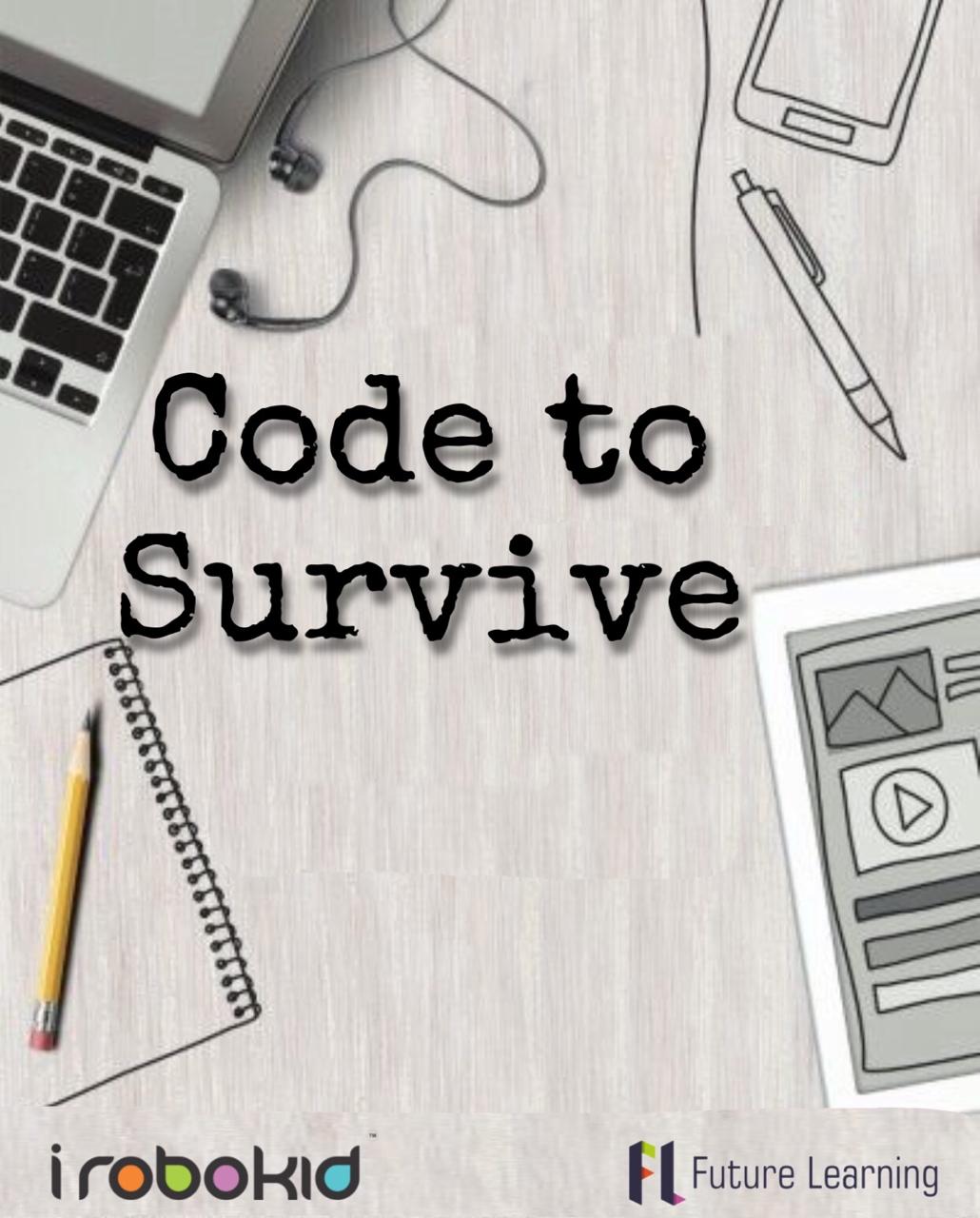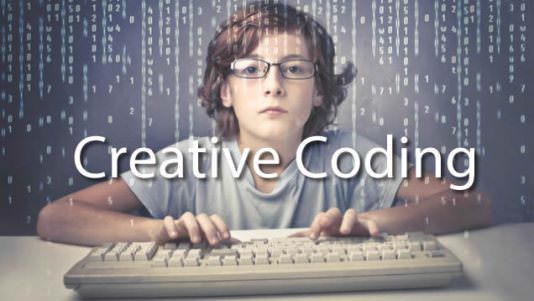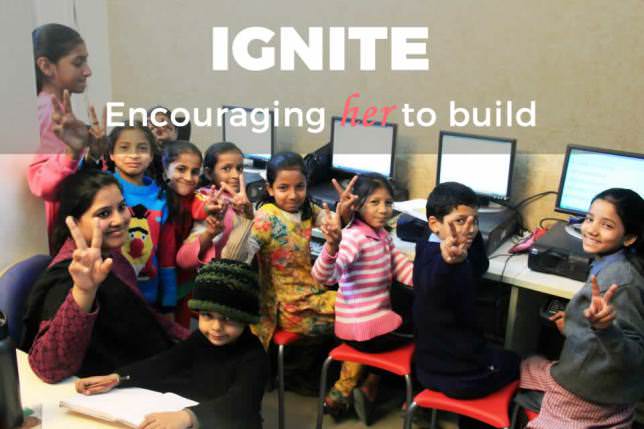There has been not a more enigmatic and mysterious topic in children’s education and development then Coding & Programming. With no resources required and not a material product visible, its hard to believe that the language and logic of programming can be the backbone of the functioning of the entire world. As we move more and more into a world dominated & dependent on & by technology, the importance of learning to code and program only increases.
Numerous questions come to the mind of all be it parents, children or school authorities.
- How early can children start coding?
- How does it benefit the children, is it really ok for 4th graders to learn coding/programming?
- Can children with lesser skills and inclination in Math’s and Science also learn to code?
The Future of Jobs Report by the World Economic Forum has predicted 65% of children entering primary school today will ultimately end up working in completely new job types that do not even exist yet. This is only possible due to the fast shift in technology and software dominated world
Digitization and automation has become essential in a largely uncertain future dominated by quick-changing trends with the only common thread being technology. The one way we can prepare them is by teaching the young to code and embrace this change.
A good analogy would be how Mathematics became only compulsory after the industrial revolution when urban population began to increase and basic numerical skills began to be essential.
Many experts agree that coding can and should start young. Younger students are particularly suited to learn coding & programming. Enabling children to learn coding is not only giving the future generation skills that will keep them in good steed, but also increases their affinity towards STEM subjects and programs as they go about in a more enjoyable way to learn these programs.
Seymour Papert, the pioneer of early computer literacy once wrote that many kids are held back because the traditional model of learning focuses on right versus wrong. Programming a computer is, instead, about isolating bugs. “The question … is not whether it is right or wrong, but if it is fixable. If this way of looking at intellectual products were generalized to how the larger culture thinks about knowledge and its acquisition, we might all be less intimidated by our fears of ‘being wrong’”..
India has opened up its curriculum and mind to bringing coding and programming to primary and secondary school. Some schools have progressively adapted our programs like iCode & iPython (www.irobokid.com) which teach game designing based application programming to children from as little as Grades 4 onwards & others have decided to adapt these programs in their STEM labs. We have had tremendous response to our online programs for coding on our portal (futurelearning.irobokid.com) as have other similar program providers especially during these times, when one is confined in their homes and also having limited outdoor activities.
These programs not only increase the ability to learn basic programming skills, but also sharpen their logic based thinking which will stay with them for life and help them adapt many a change in the world of technology.
The Government of India recognizing the need to learn coding as made it a large part of its Atal Tinkering Labs as well.
Internationally the push towards learning Coding & Programming has been massive – As Mark Zuckerberg says, “In 15 years, we’ll be teaching programming just like reading and writing … and wondering why we didn’t do it sooner.” Former US president Barack Obama had also joined the chorus with the famous line, “Don’t just play on your phone, program it”.
The UK has gone so far as to mandate teaching coding at school, while other countries, including Estonia, Finland, Italy and Singapore, are already incorporating coding into classroom instruction
Like any other languages,coding for children will undergo transformation and young learners will have to be nimble and will have to adapt to different changes. There are fast dynamic shifts in the world of business and careers, given the new world order of pandemics, borders and work from home. It will not be a smooth ride into the future, but it will help to be prepared proactively and make our children “ Future Ready “
As Merida said in Brave “You control your destiny — you don’t need magic to do it. And there are no magical shortcuts to solving your problems.”
Sources / Credit – WEF / India Economic Summit / Wikipedia







